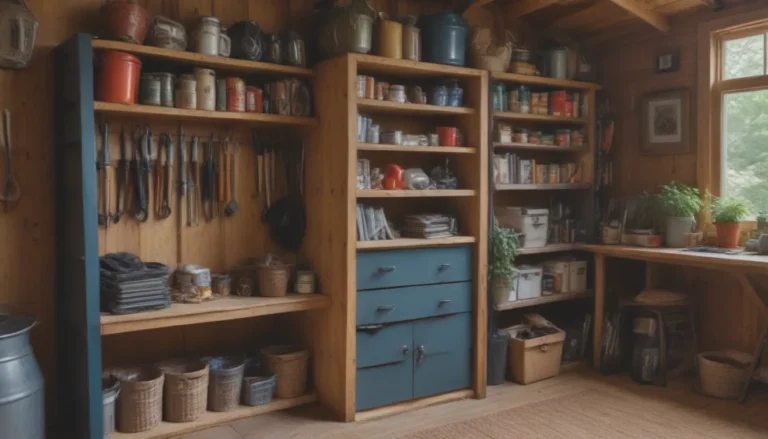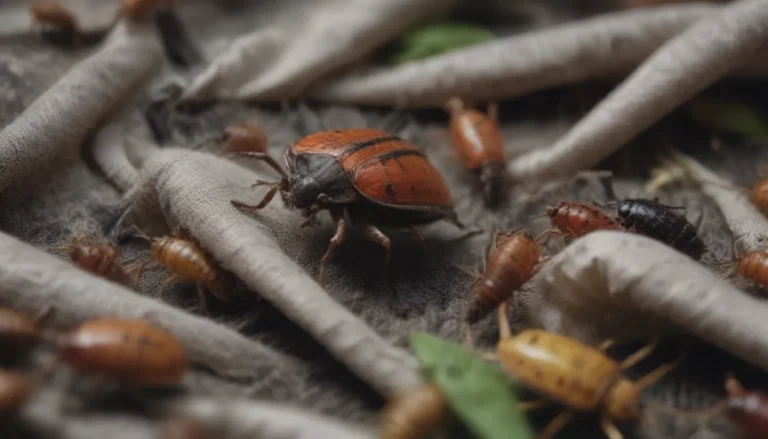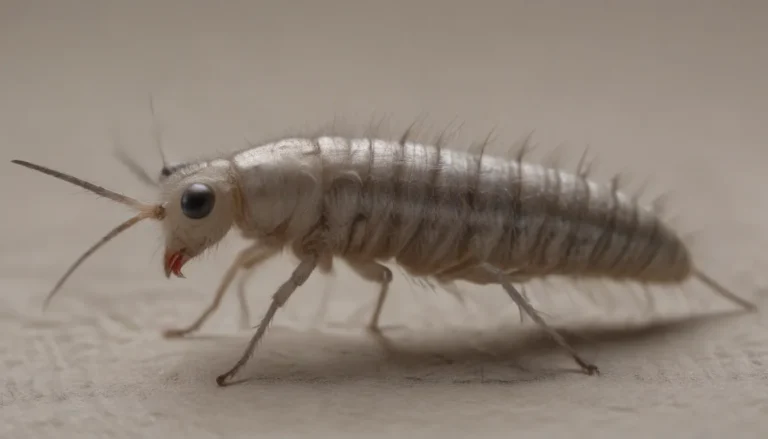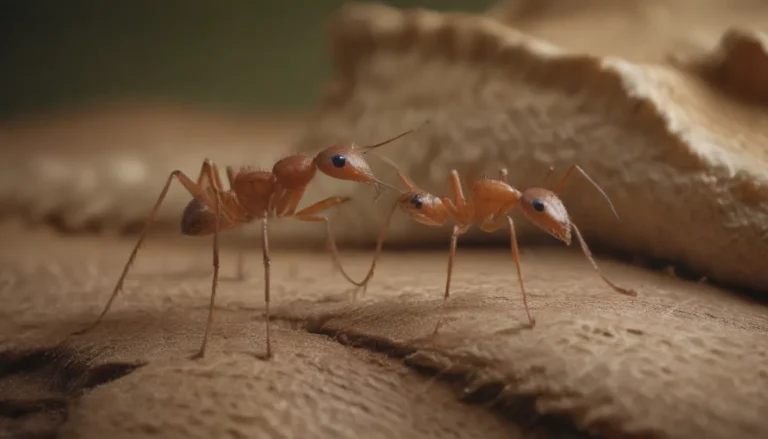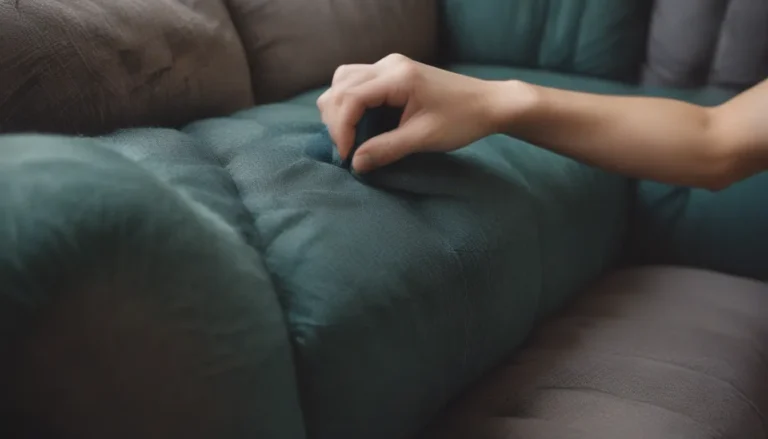The Ultimate Guide to Moving Household and Garden Plants
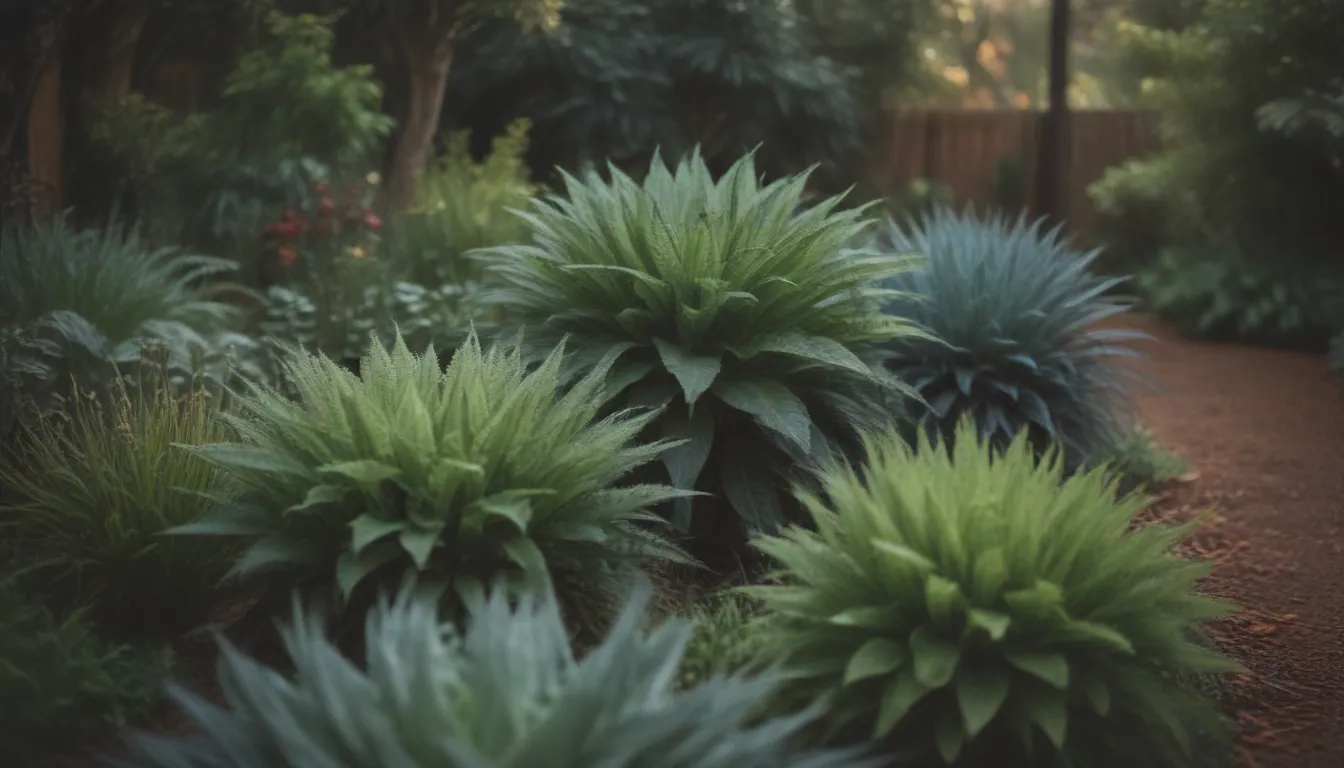
Are you getting ready for a big move and wondering how to best take care of your beloved houseplants and garden plants during the journey? Moving can be a stressful time, but with the right preparation, you can ensure your plants make it to their new home safe and sound. In this comprehensive guide, we’ll walk you through everything you need to know about packing, transporting, and caring for your plants during a move, whether you’re moving across the country or just down the street.
Planning Your Move with Plants in Mind
Before you start packing up your house full of greenery, it’s important to take some time to consider the best course of action for your plants. Here are a few things to keep in mind as you prepare for your move:
- Assess the Health of Your Plants: Are your plants in good enough condition to withstand the stress of a move? If you have concerns about their survival, it may be best to find a new home for them before you relocate.
- Research State Regulations: If you’re moving across state lines, be sure to research any regulations regarding the transportation of plants. Some states have strict rules about importing plants, so it’s important to be informed.
Preparing Your Plants for the Move
Properly preparing your plants for the move is key to ensuring they arrive at their new home healthy and happy. Here are some essential tips for getting your plants ready for the journey:
- Repot into Plastic Pots: Transplant your houseplants into plastic containers a few weeks before your move to make them lighter and easier to pack.
- Inspect for Pests: Thoroughly inspect your plants for pests and treat them with insecticidal soap if necessary.
- Prune Your Plants: Trim your plants about a week before the move to make them easier to transport and encourage new growth.
Packing Your Houseplants
When it comes time to pack up your plants, it’s important to do so carefully to minimize stress and damage during the move. Here are some tips for packing your houseplants:
- Utilize Bubble Wrap: Use bubble wrap and other cushioning materials to protect your plants, especially prickly cacti and succulents.
- Suspend Hanging Baskets: Hang your planters and baskets from grab handles in your vehicle to keep them secure during transit.
- Stand Tall Plants in the Backseat: Larger plants should be placed on the floor or seat of your vehicle, taking care to secure them to prevent tipping.
- Wrap Leafy Plants: Wrap bushy plants in wrapping paper or plastic to protect them from damage.
Taking Plants from Your Garden
If you’d like to bring some of your outdoor plants with you, consider taking cuttings and transporting them in floral tubes filled with water. This can be a great way to bring a piece of your garden to your new home.
Helping Your Plants Adjust
Once you arrive at your new home, it’s important to help your plants adjust to their new environment. Here are some tips for caring for your plants after the move:
- Remove Packaging Immediately: Take your plants out of their boxes, remove any packaging, and give them water and plant food.
- Allow Time to Adjust: If you’ve transplanted your plants into plastic containers, wait a week before moving them back into their original pots to avoid overstressing them.
- Observe Plant Adjustment: Keep an eye on your plants as they adjust to their new soil, climate, and air quality, and provide them with the care they need to thrive.
Dealing with Restrictions
In some cases, you may not be able to take your plants with you when you move, especially if you’re crossing state or international borders. Before you attempt to bring plants with you, it’s important to research any restrictions or regulations that may apply to avoid any issues at customs.
By following these tips and guidelines, you can ensure that your plants make a smooth transition to their new home during your move. Remember to be patient and attentive to your plants’ needs as they adjust to their new environment, and they’ll be flourishing in no time!

